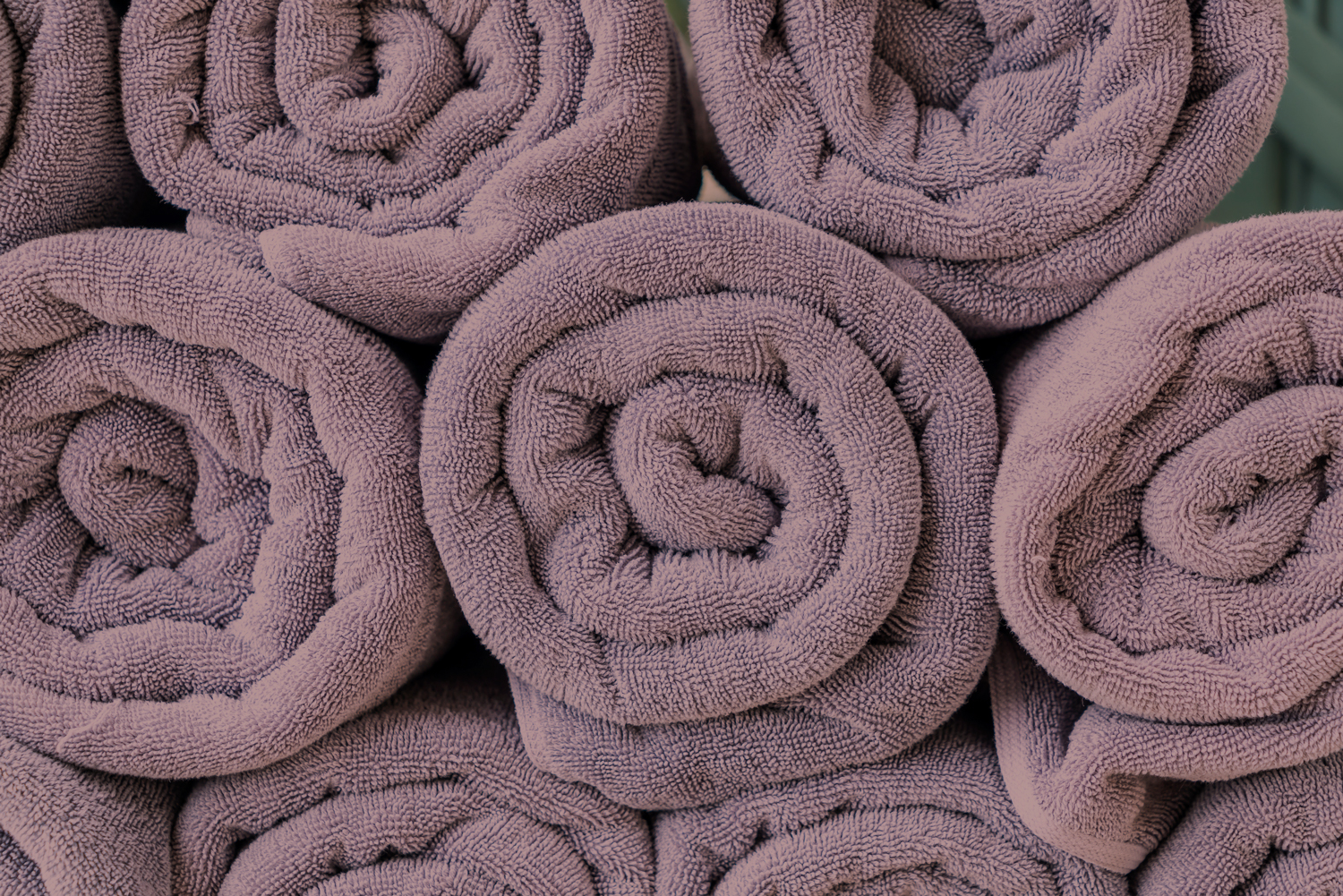We have been in the import business for over 70 years. In that time we are often asked about sourcing. We’ve lost and regained customers who have tried to source directly. Many times, customers fall into the price trap. Historically we’ve found that smaller mills have better prices and greater flexibility for minimum order quantities. The question for us was why?
So, in a recent visit to mills in Asia, one of our goals was provide an understanding of the core difference between a large and small manufacturer of the same product lines. Logically one would assume a small textile plant would cater to a customer that had more modest needs, and handle more boutique orders. But how could costs be reduced when the mill cannot benefit from economies of scale? It would seem logical that large-scale manufacturers and modern machinery would offer lower prices. However, every mass merchant, including low-cost models like Wal-Mart, Costco and Sams Club, seemed to gravitate towards having their products manufactured with large mills that don’t necessarily have the lowest price in the market.
We discovered that the core difference between the rock bottom prices that ‘cottage industry’ exports offer and product produced at a large-scale facility was consistency. When we visited smaller facilities, we found that the selling proposition was just that… price-driven. When we toured large-scale producers we witnessed a value proposition that aligns with Western expectations:
- Modern Equipment
- Supply Chain Quality Assurance
- Independent Product Testing
- Social Compliance
These facets are critical to maintaining product consistency, service times, and overall reliability in the textile market. The two examples below paint a clear picture of the wide discrepancy between a small mill that will offer a better price, and large mill that will provide better long-term value.







